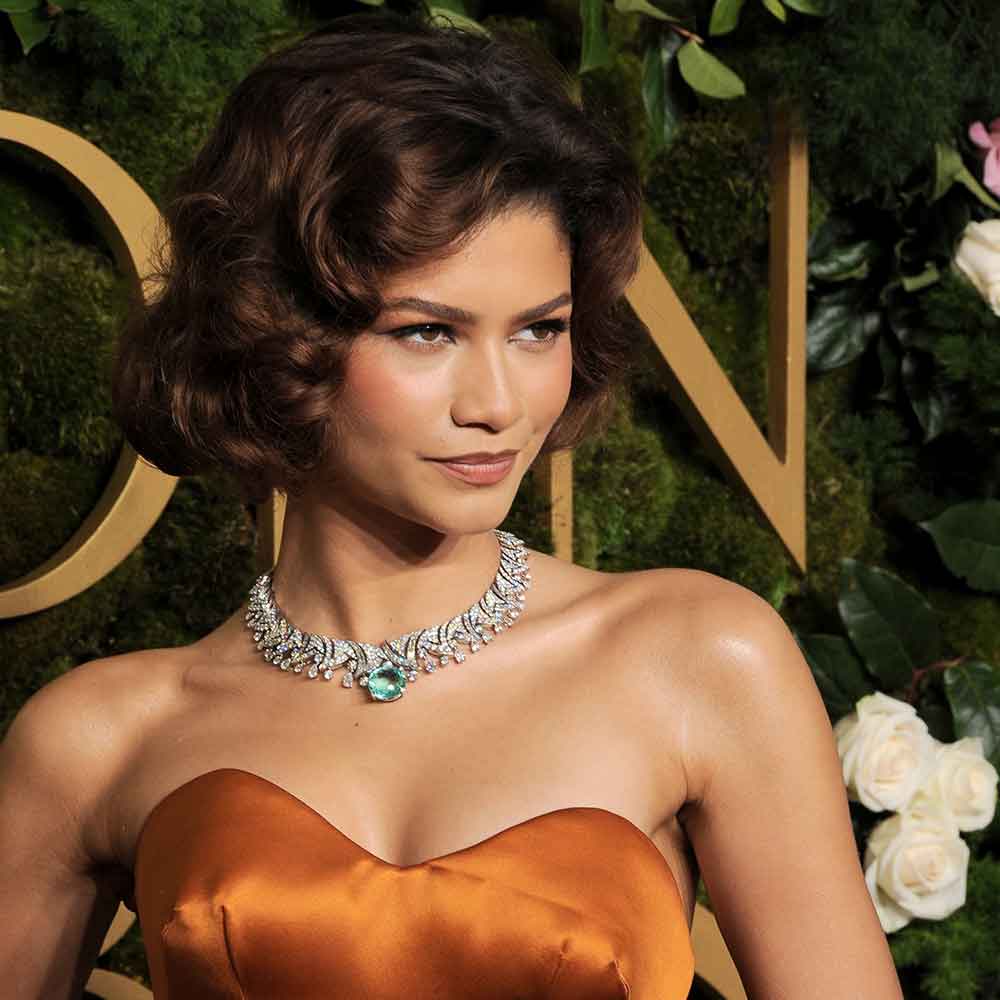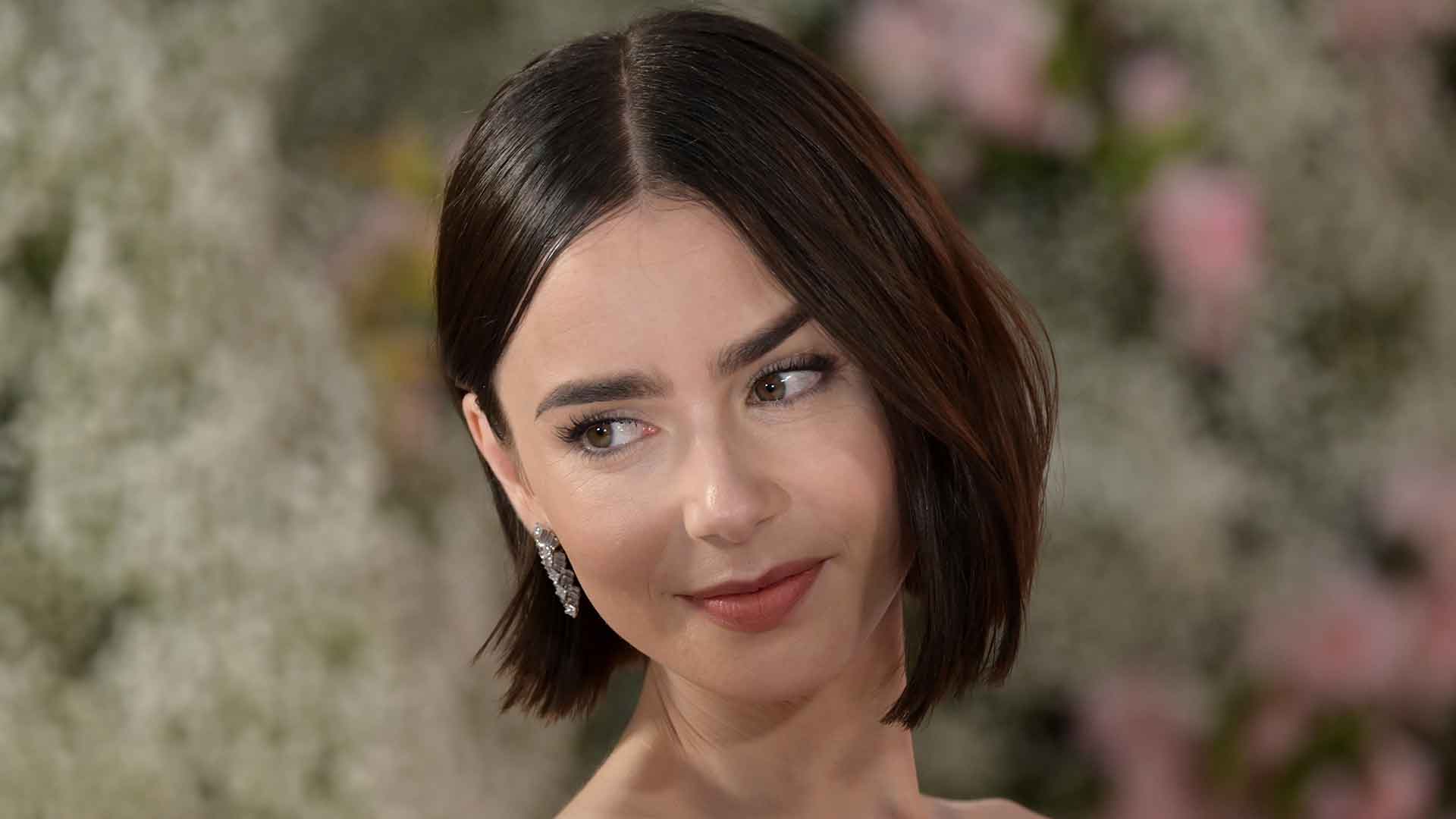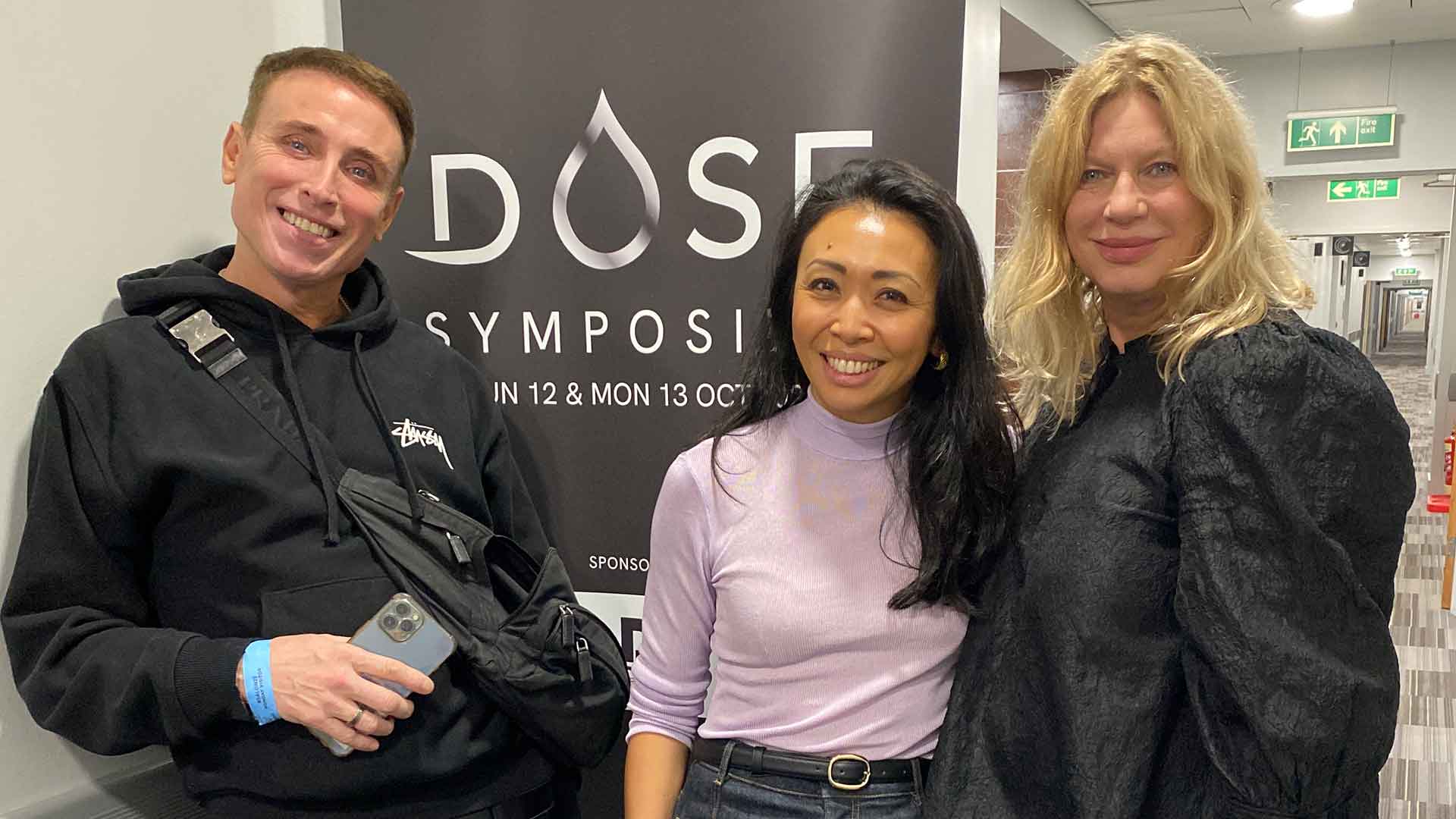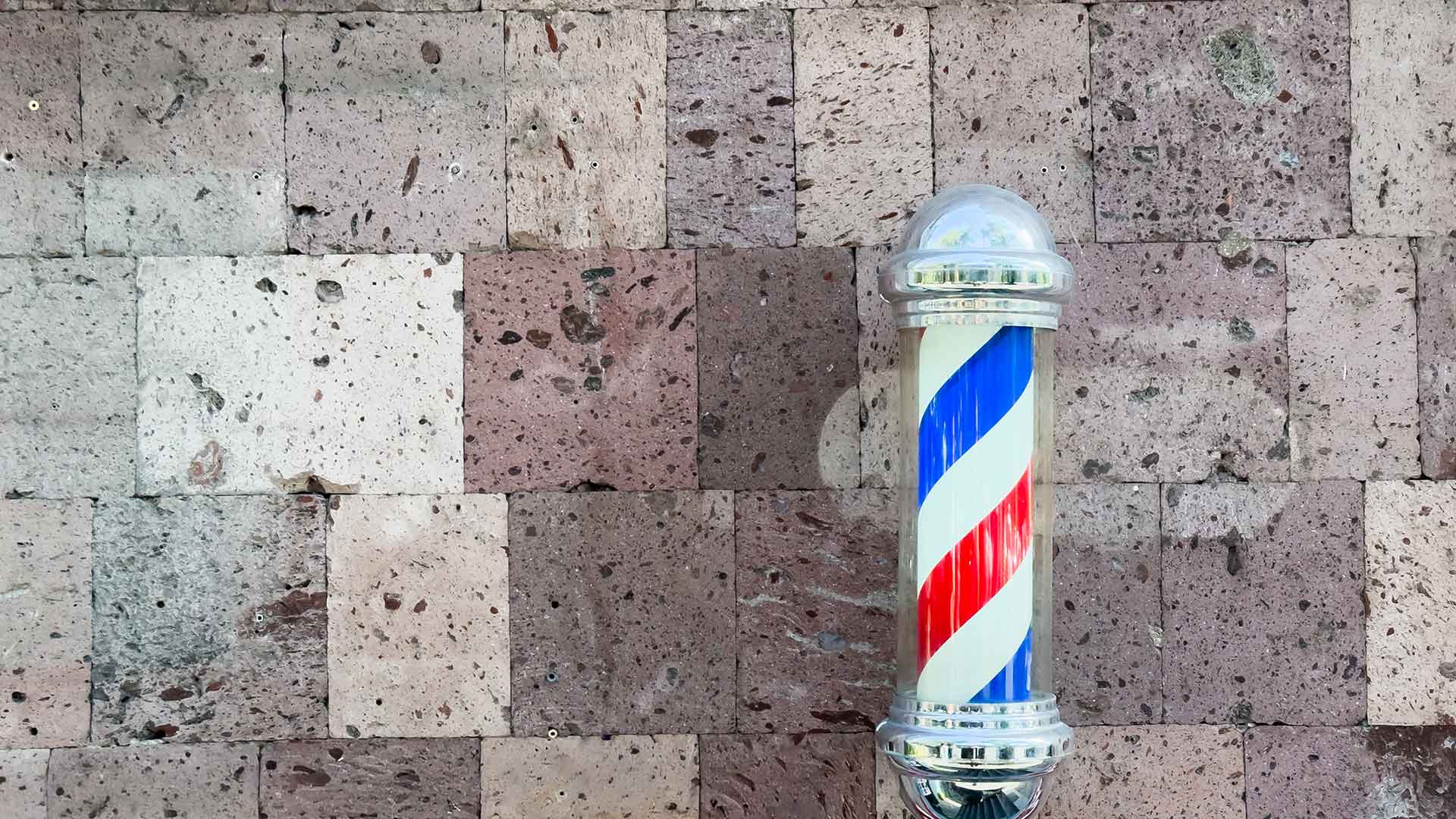In the world of brunette colour, contrast is everything. It’s what determines whether a brunette looks bold and striking or soft and seamless. Understanding the difference between high contrast and low contrast brunettes allows colourists to create personalised shades that flatter every skin tone, enhance natural features, and create dimensional, salon-perfect results.
What's the Difference Between High Contrast and Low Contrast Brunettes?
So, what’s the difference? High contrast brunettes feature a strong distinction between hair colour, skin tone and eye colour, think glossy espresso against porcelain skin or dark chocolate hues paired with golden undertones. Low contrast brunettes, on the other hand, blend these elements harmoniously, creating a natural, understated finish that enhances rather than dominates.
As Tim Scott-Wright, Owner of The Hair Surgery, Stourbridge, explains: “High contrast is when the hair colour stands out more strongly against the skin tone, whereas low contrast is where the hair and skin tones blend together more seamlessly.” Colour contrast affects how balanced or dramatic the end result looks and getting it right can completely transform a client’s overall appearance.
Read next: The Trending Brunette Shades for 2025
Defining High Contrast Brunettes
High contrast brunettes are all about definition and drama. These looks feature deeper, cooler tones that pop against the complexion, drawing attention to the eyes and bone structure. Daniel Rice, of Daniel’s Chelsea, says: “High contrast brunettes have a strong difference between their hair colour, skin tone and eye colour, for example very dark hair paired with pale skin and bright eyes (like Megan Fox).”

Amelia Evans, Artistic Director at Hare & Bone, adds: “High contrast brunettes have strong differences between their hair colour, skin tone, and eye colour - rich, deep brunettes paired with porcelain skin and bright eyes, or dark espresso shades against warm, golden complexions. It’s about bold, striking dimensions.” For clients who’ve lost definition from repeated at-home colouring, Siobhan Haug co-founder and Creative Director of Haug London Haus, recommends a more dimensional, high contrast approach: “High contrast brunettes are ideal for those who are missing definition within their hair due to a build up of colour from at home applications.” And when it comes to hair texture, she notes that: “High contrast works really well on curls or thick hair, as a heavier textured weave diffuses though dense or curly hair, whilst still leaving a prominent tone on the lengths and ends.”
These rich, impactful shades, such as espresso, sable and deep mocha, give structure and shine, especially when paired with fair or golden-toned skin.
Understanding Low Contrast Brunettes
Low contrast brunettes rely on soft tonal blending to create harmony between the hair, skin and eyes. Siobhan Haug explains: “Low contrast brunettes create luxurious, low-maintenance colour. The layering is made up of fine, almost undetectable ribbons of tone that are subtly interwoven, playing off your natural hair or a rich brunette base. The resulting effect is a soft, shimmering iridescence. It’s a natural, elevated and chic update for brunette hair.” This approach works beautifully on clients with finer or straighter hair: “Low contrast works seamlessly on finer, or straighter hair as it minimises demarcation lines.”

Amelia Evans shares that low contrast brunettes are all about tonal cohesion: “Low contrast brunettes are all about softness and subtle harmony. The hair, skin, and eyes sit closer on the tonal scale such as mochas, soft chocolates, and muted ash tones that blend more naturally with the client’s features.”
The result is glossy, dimensional colour that flatters every angle and feels inherently wearable.
How to Identify a Client’s Contrast Level
The starting point for any colour consultation should be assessing the natural balance between skin tone, eye colour and hair depth. Daniel Rice explains: “High contrast clients tend to have clear, bright eyes, fairer or more porcelain skin, and darker natural bases. Low contrast clients usually have warmer, honey or toffee-toned skin, with hazel or brown eyes and naturally medium-to-dark brunette bases.” Once you’ve determined this, you can tailor tones and placement to enhance your client’s features - rather than compete with them.
Amelia Evans says consultation is key: “It’s about guiding them gently with expertise. I always make it collaborative and say we can take inspiration from this, but tailor it for you so it enhances your features.”
Tone Selection: Finding the Perfect Match
For high contrast brunettes, Daniel Rice recommends: “Rich, cooler and deeper tones like sable, raven, rich dark chocolate, espresso or deep mocha. These create drama and definition.” For low contrast brunettes, softer tones work best: “Softer, warmer, more caramelised hues - think honey, toffee, cognac, chocolate-hazelnut or espresso-honey. These melt beautifully into the skin tone for a sun-kissed, natural effect.”
Siobhan Haug also highlights the importance of tone matching to skin undertone: “Warm skin tones look amazing with shades of buttercream, chocolate or beige. If you are cool skin toned opt for shades ivory, taupe or mushroom to enhance your natural undertones.”
Celebrity Contrast Inspiration
For clients seeking visual guidance, celebrity examples are a great way to illustrate contrast.
High contrast celebs include Megan Fox, Zendaya and Lady Gaga - who all use deep, striking tones to enhance their features. As Amelia notes: “Megan Fox has porcelain skin, piercing eyes and is a deep brunette. Zendaya plays with bold, defined tones, and it always elevates her features.”

Low contrast icons such as Jessica Alba, Monica Bellucci and Lily Collins showcase how tone-on-tone hues can look timeless and chic. “Jessica Alba’s golden mocha hues melt into her warm skin and eyes,” says Amelia. “Lily Collins, when she tones it down, the look becomes timeless.”
Amelia sums up: “Contrast makes or breaks the result. With brunettes, the margin for error is smaller because you’re often working within tonal ranges, so playing with depth and reflect is key. Getting the contrast level right elevates the entire result.”
Whether your client craves bold, high-impact brunette or a soft, low-maintenance melt, understanding contrast is what separates a good colour from a truly bespoke one. The art of brunette colouring isn’t just about depth, it’s about balance, tone, and the harmony that makes colour come alive.




